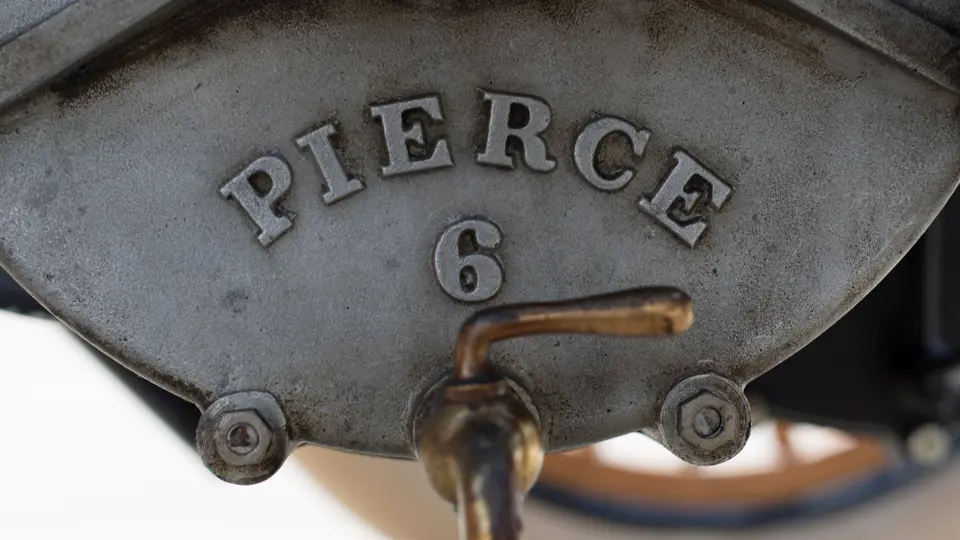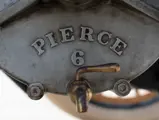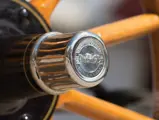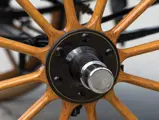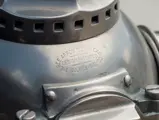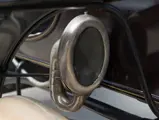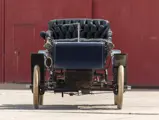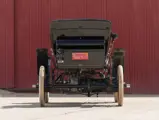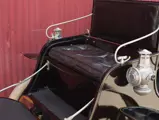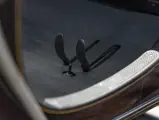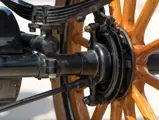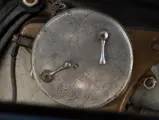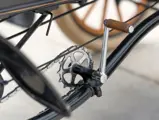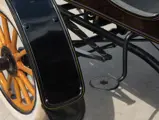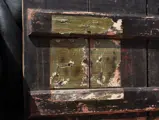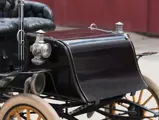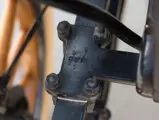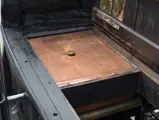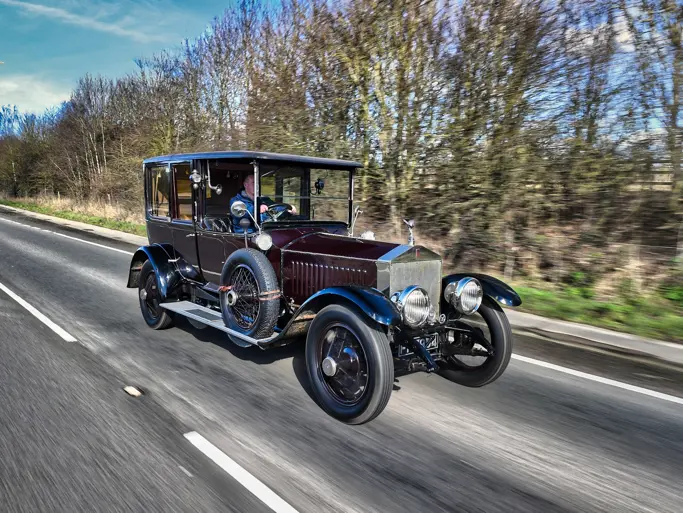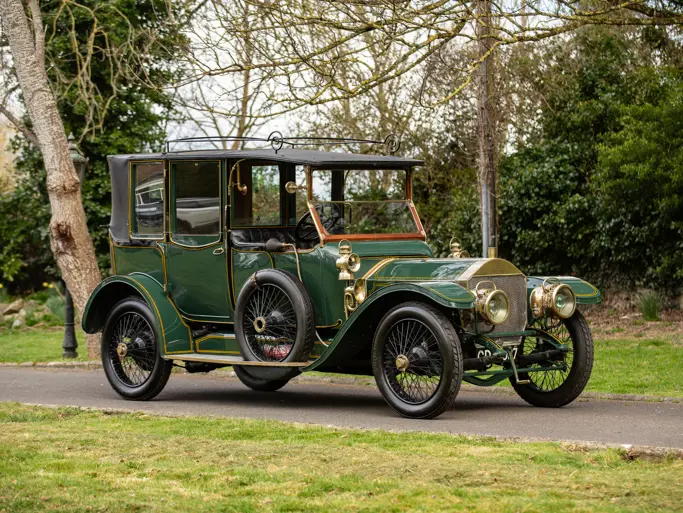Model 6-6½-H-K. 6.5 hp, L-head single-cylinder engine, two-speed planetary transmission with reverse, solid front axle and live rear axle with front and rear full-elliptical leaf-spring suspension, and rear-wheel mechanical drum brake. Wheelbase: 70 in.
While the Pierce-Arrow became one of the most prestigious automobiles of its time, the marque was of humble beginnings. Not only did the George N. Pierce Company build bicycles, as many other manufactures did, but its major products were birdcages, iceboxes, and even bathtubs. As the bicycle craze hit the country in the late 19th century, Pierce found that the experience gained making wire products, such as their birdcages, easily transferred to the manufacture of bicycles. High quality standards and an attractive price made Pierce cycles highly desired.
The manufacture of automobiles was driven by the company’s treasurer, Charles Clifton. Clifton watched the developments in Europe and recommended the De Dion engine, which would be used in Pierce’s first gasoline-powered conveyance. However, it was British-born engineer David Fergusson who contributed most to the new Pierce car, the Motorette, which was put into production in late 1901.
In 1903, Pierce replaced the De Dion engine in the Motorette with one of their own manufacture. In mid-1903, the Stanhope was introduced. Similar to the Motorette, the Stanhope included seating for the two additional passengers, which was located ahead of the main bench seat, with a folding cover opening to serve as a backrest and the fascia board dropping forward as a footrest. Less than 150 Fourth Model Stanhopes were produced for 1903.
Incredibly, this Pierce was acquired by the current owner’s father, Fred Weber, in 1948. As the story is told, he wanted a car to “rescue” and also to drive around in an automobile that was made the same year he came into this world. Though the Pierce was found in less than stellar condition, Weber insisted on acquiring the delightful Stanhope. With a talent for woodworking, he was especially interested in the quality of the Pierce body. He soon took the car back to his ranch in California, where he started the process of bringing the car up to speed. There he made new wheels, repaired any cracks in the body, and repainted the car black—the same paint that it still wears today! The upholstery was also redone, save for the back of the folding seat, which remains original from 1903. Aside from some other cosmetic work, the engine was overhauled, which was fairly simple for a single-cylinder car.
In 1964, the Stanhope was passed down to Fred’s son after his passing. The Pierce was then stored away in a barn at the ranch and later moved to a commercial storage facility. It wasn’t until 2009 that the owner decided to get his father’s Stanhope running once more. The engine was again completely rebuilt and made to crank much easier than it used to. New tires were fitted, and a few pieces were also re-plated here and there. As expected, he also had to “feed” the leather for several months to soften up the 60-year-old upholstery. The car otherwise remains as Fred Weber had left it in 1948.
Never restored, but rescued by a devoted enthusiast, this early Pierce is ready to continue its journey down the road, be it from London to Brighton, or on any number of American club tours and events.

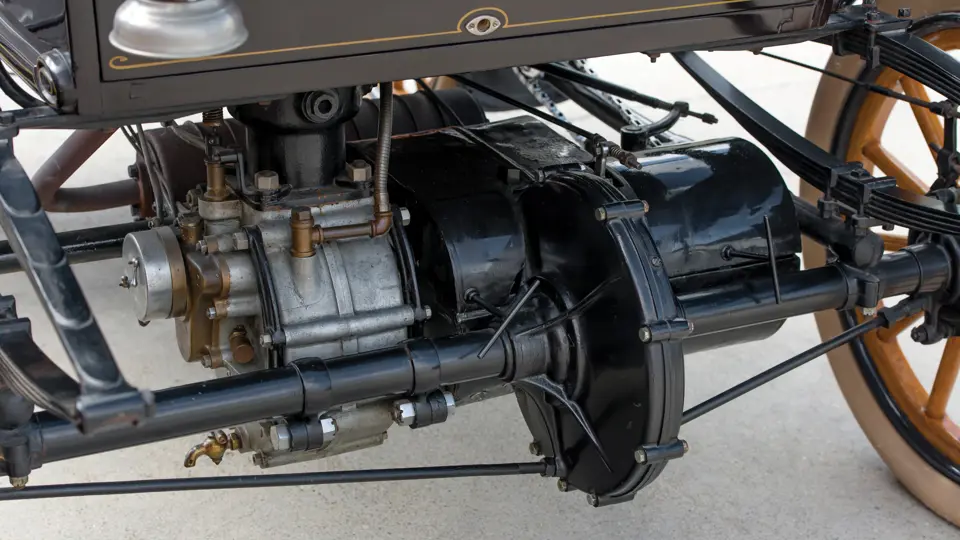


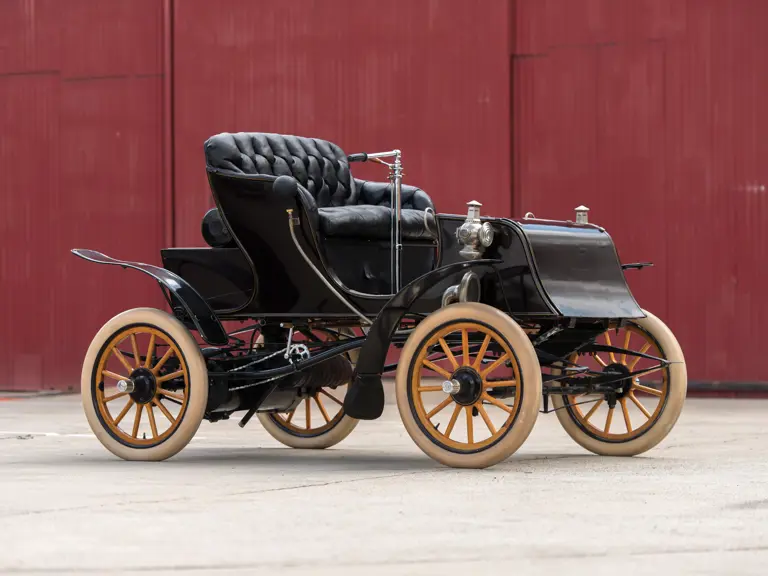
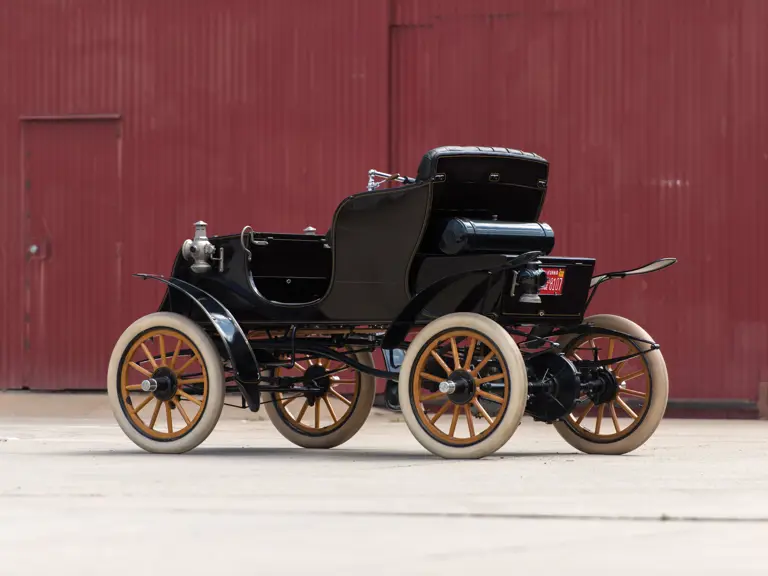
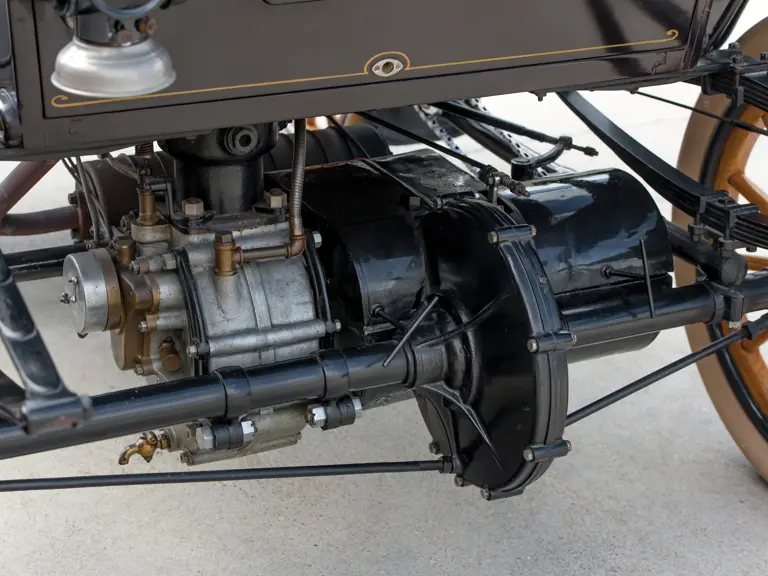
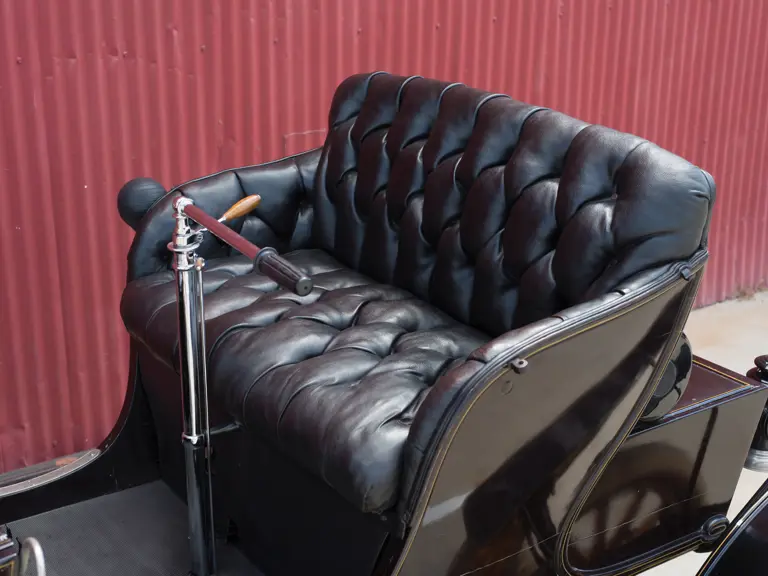
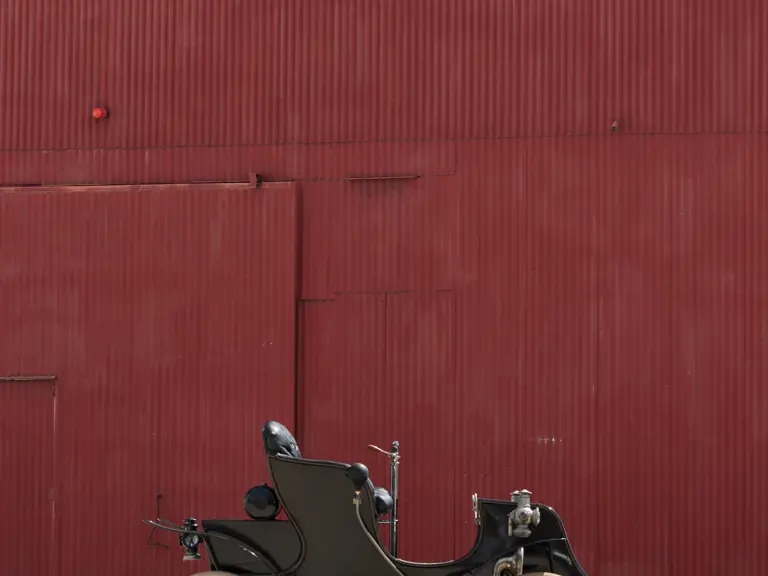
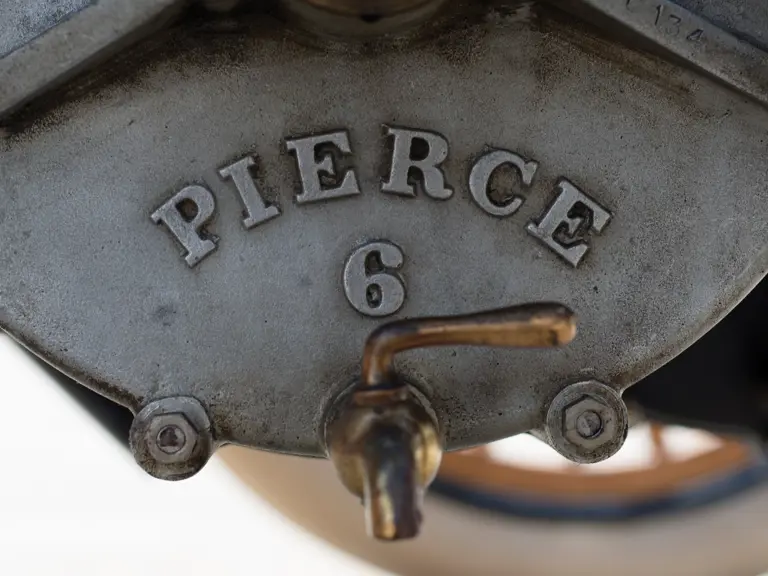
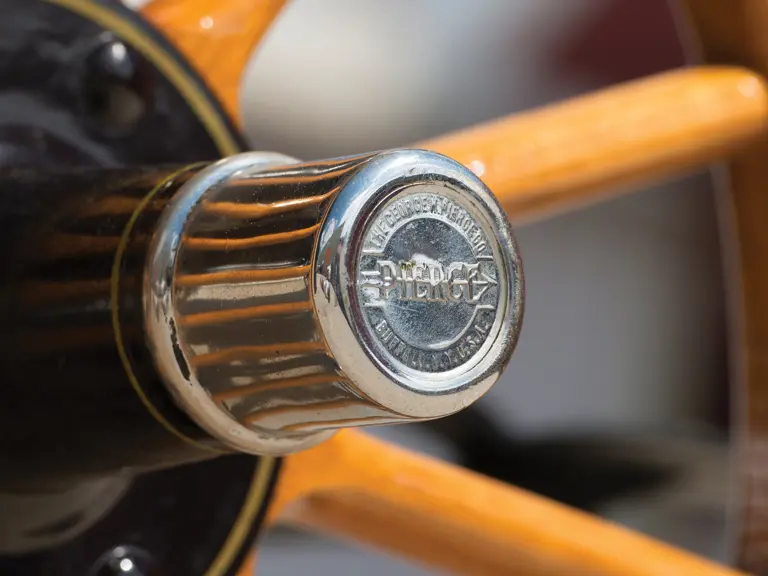
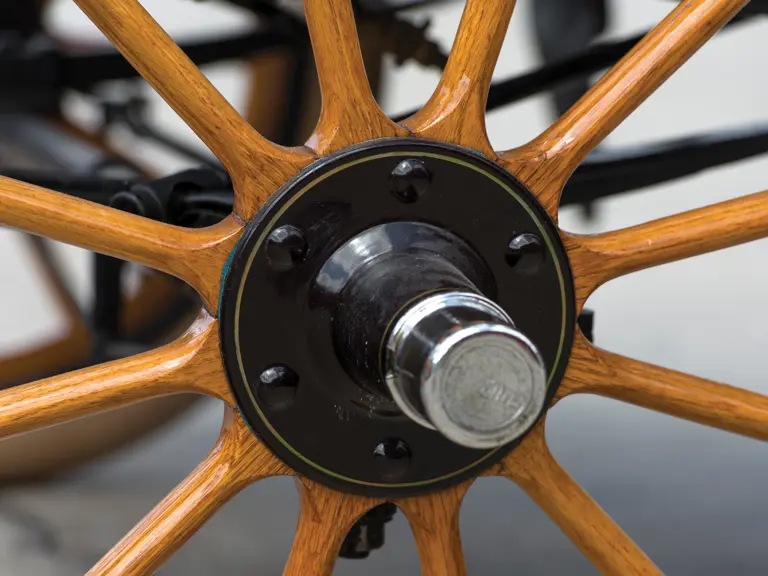
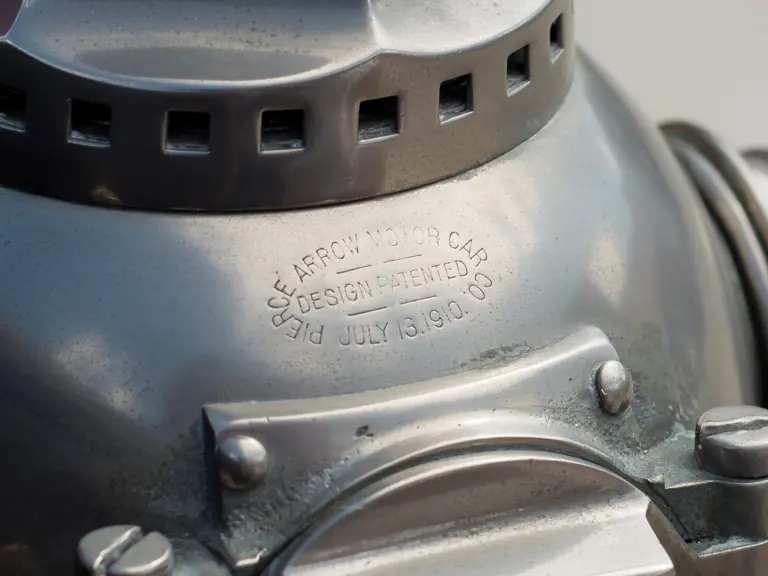
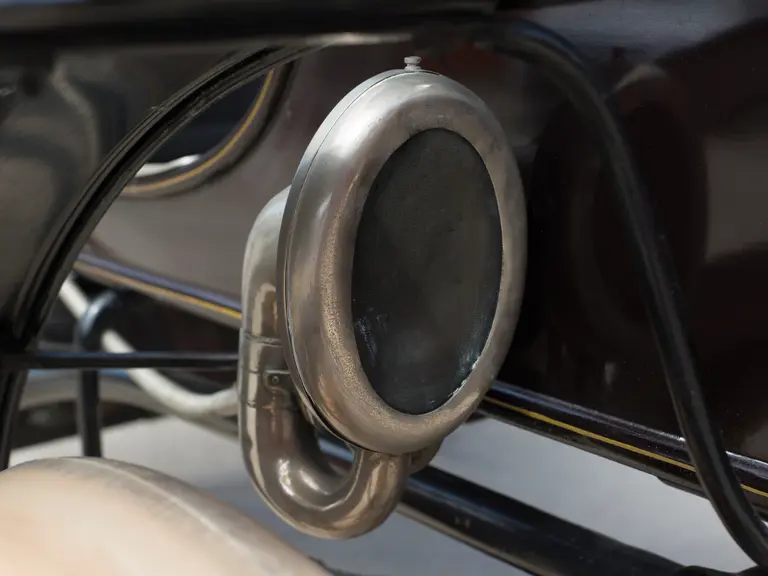
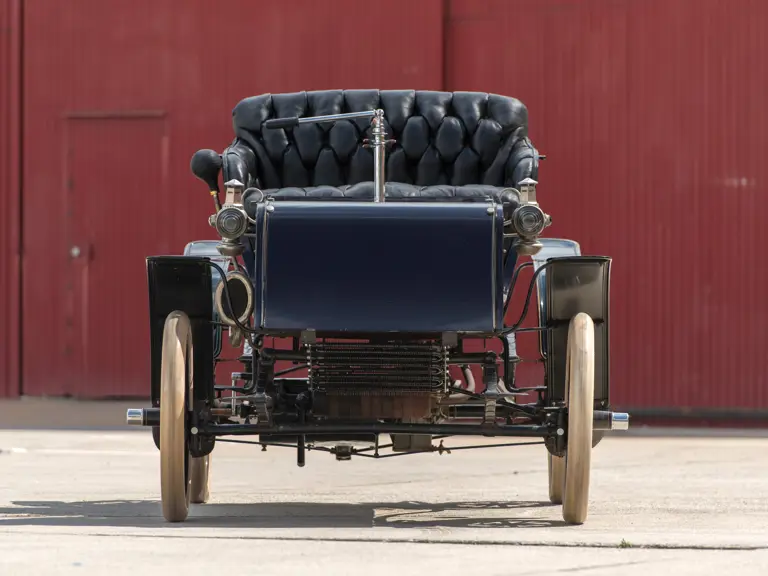
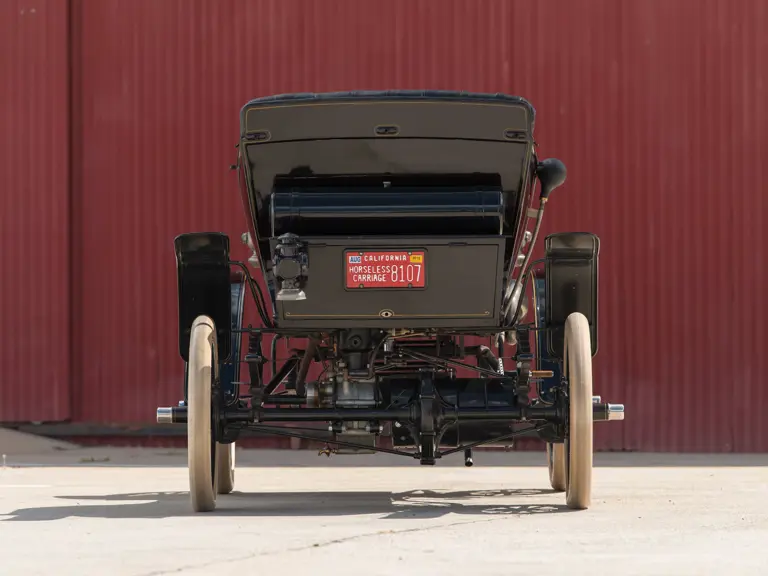
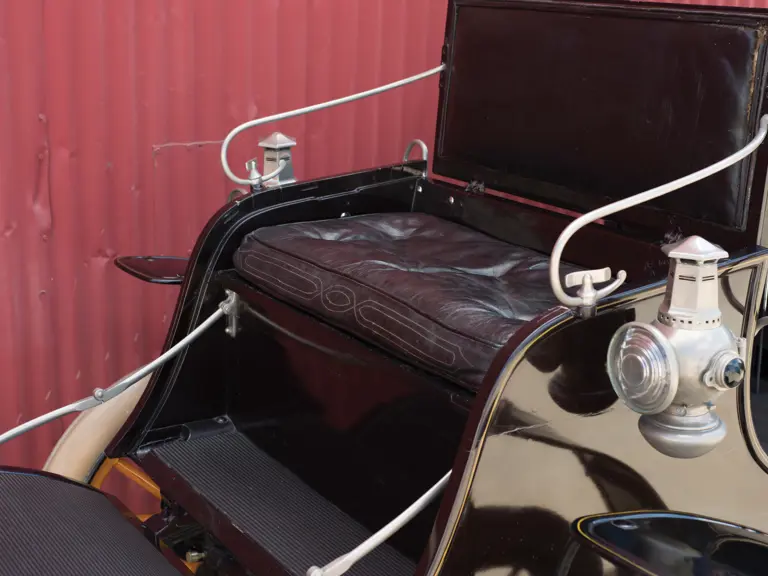
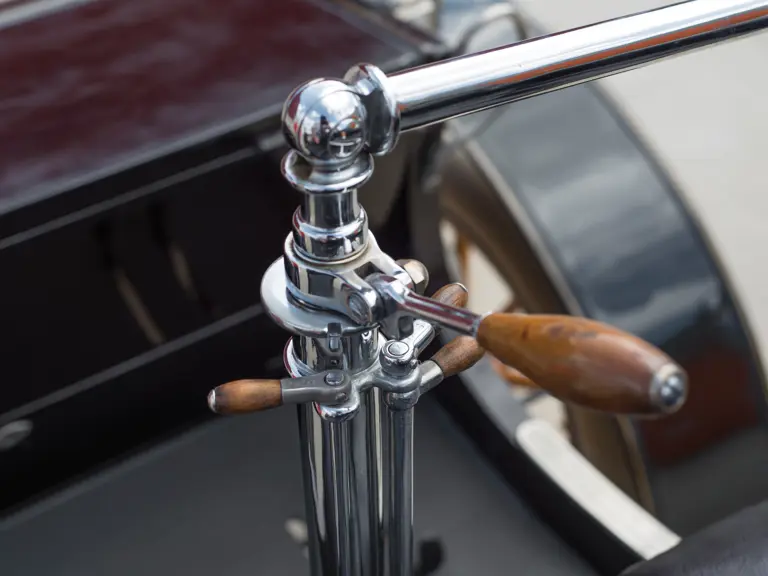
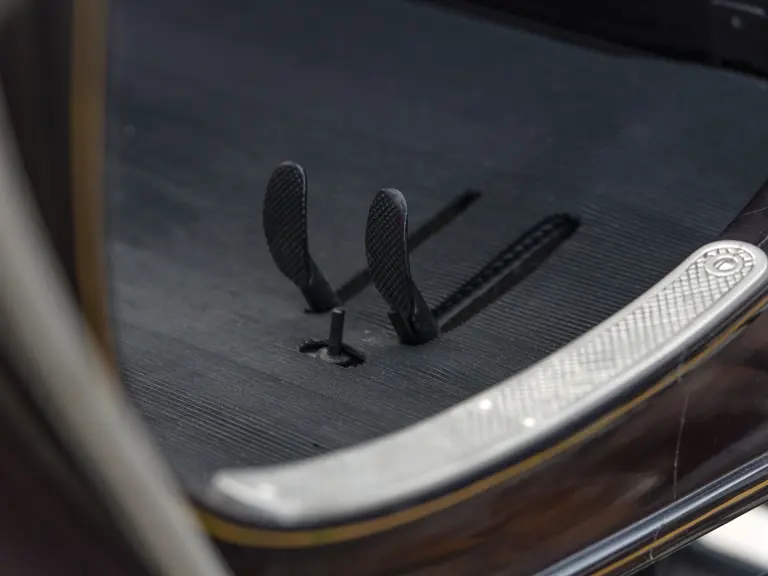
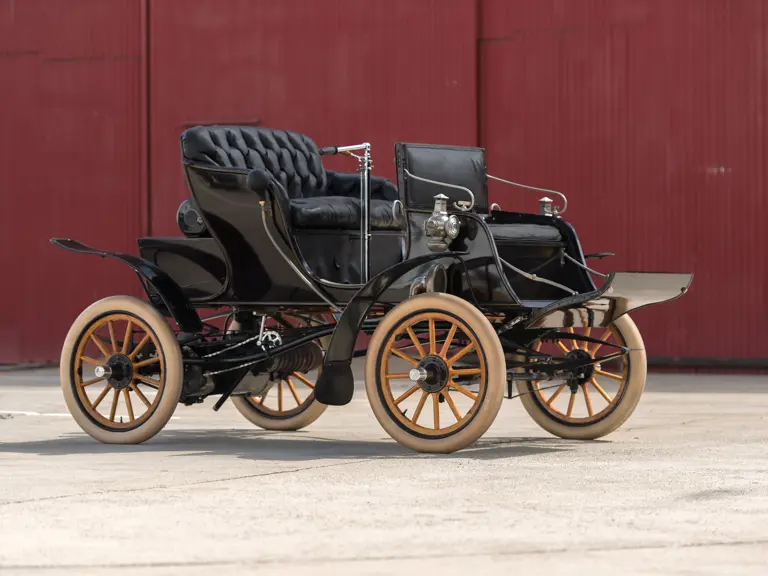
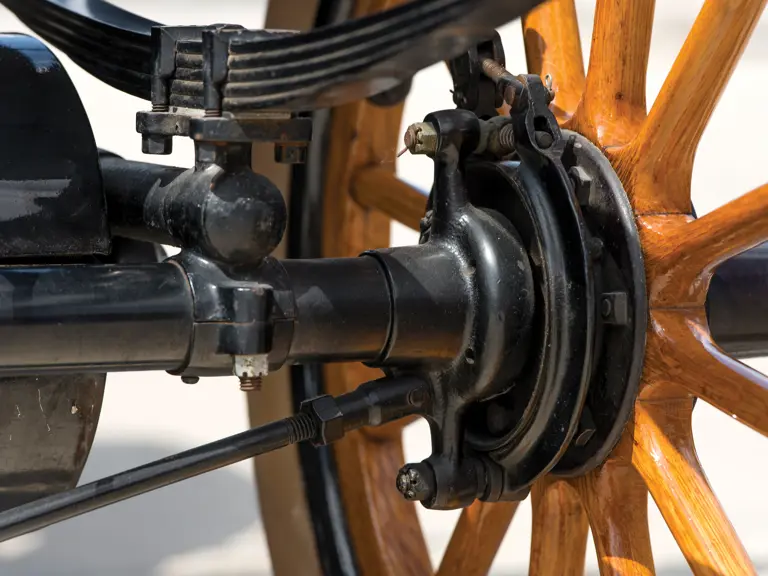
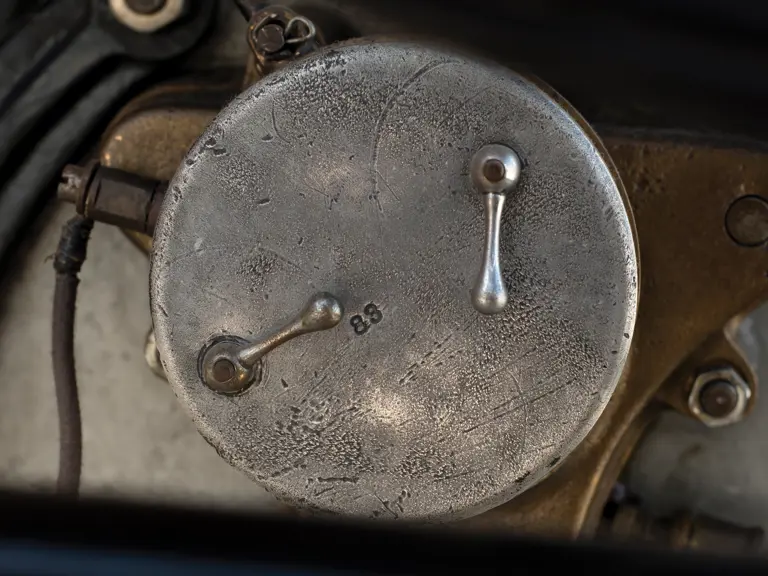
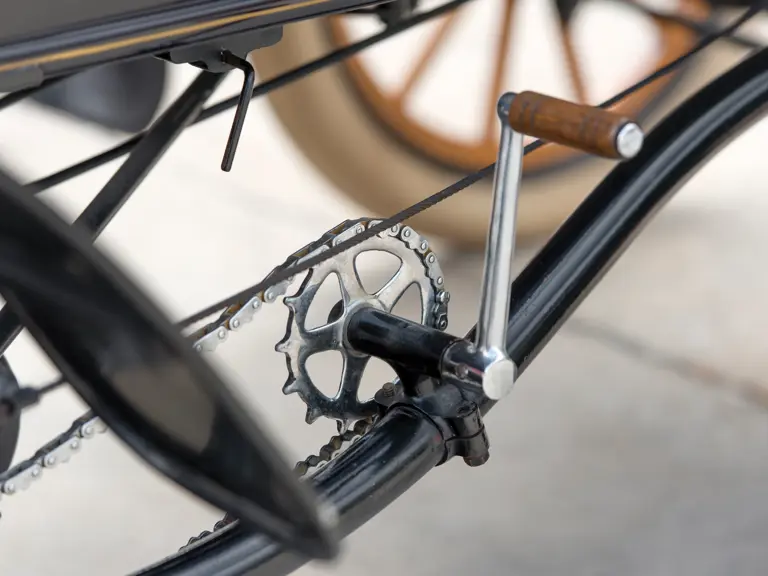
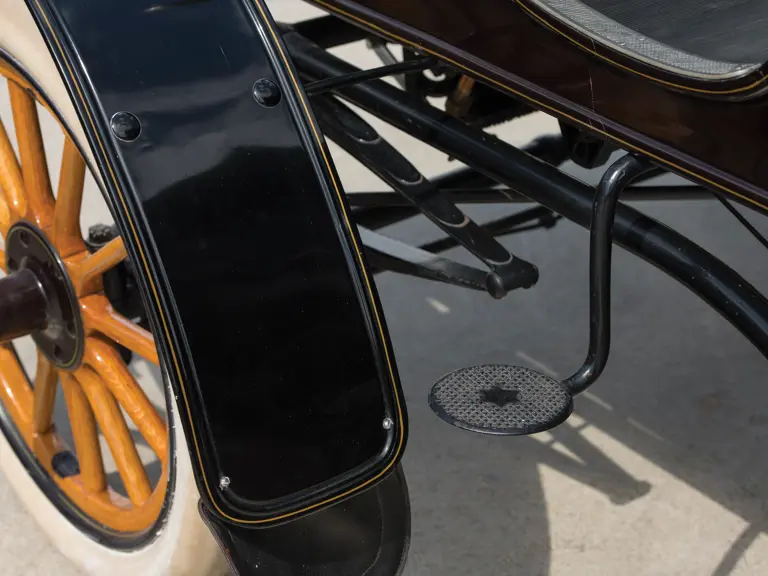
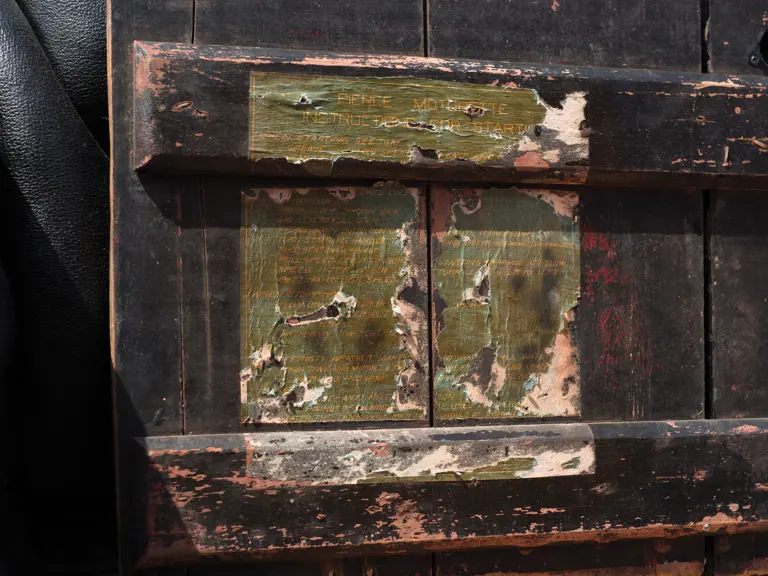
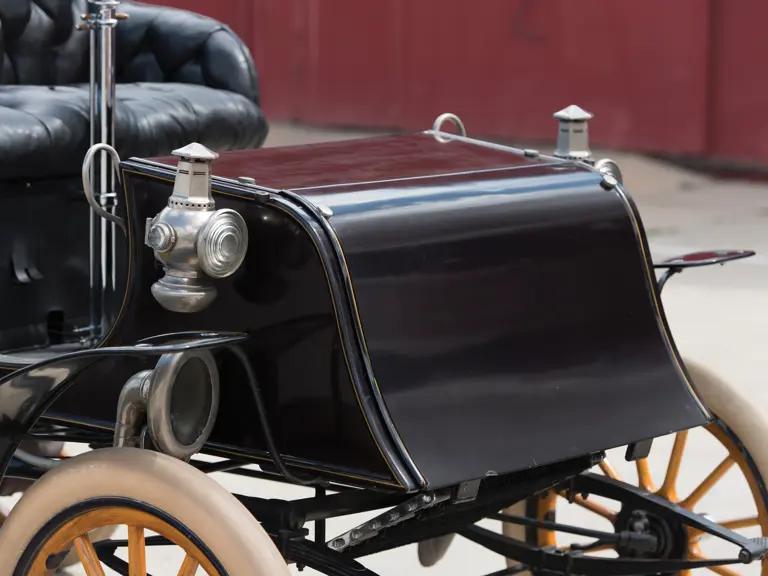

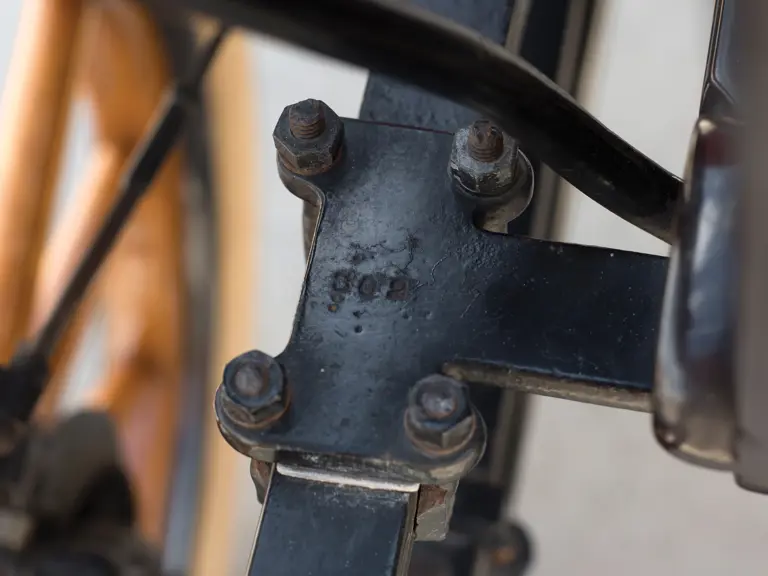
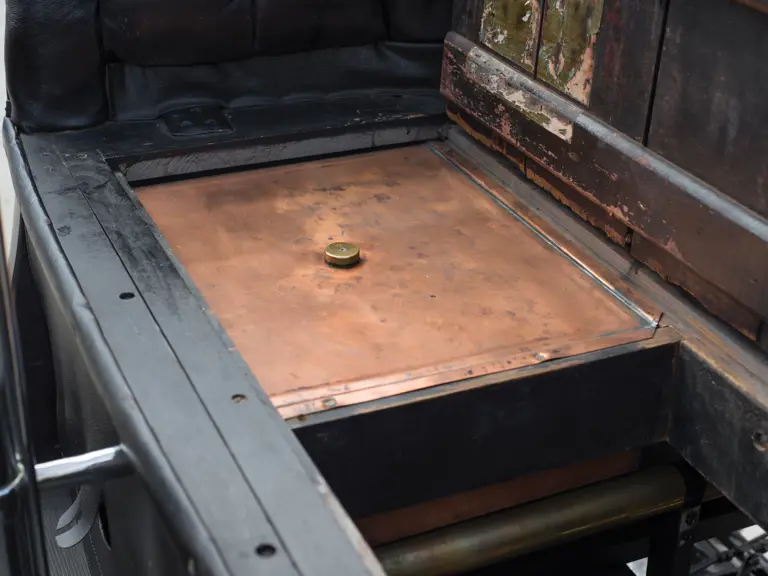
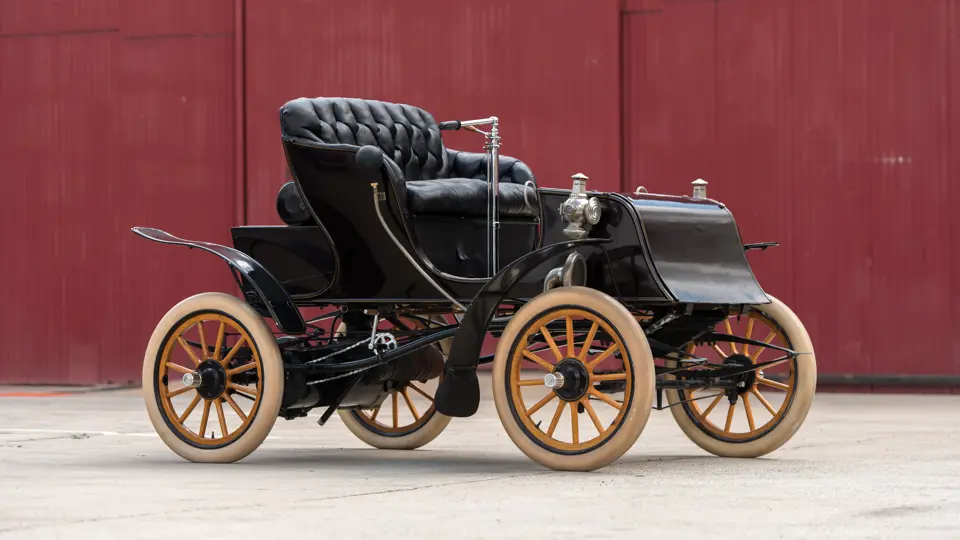
 | Hershey, Pennsylvania
| Hershey, Pennsylvania

